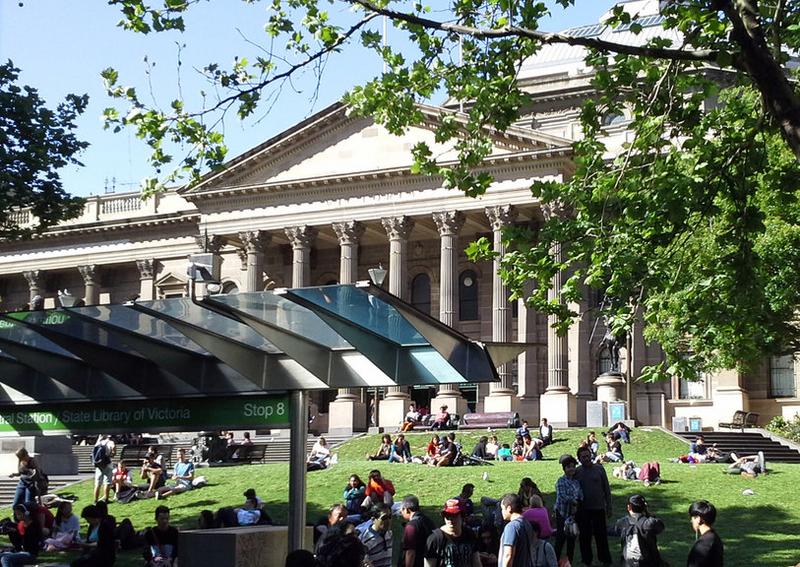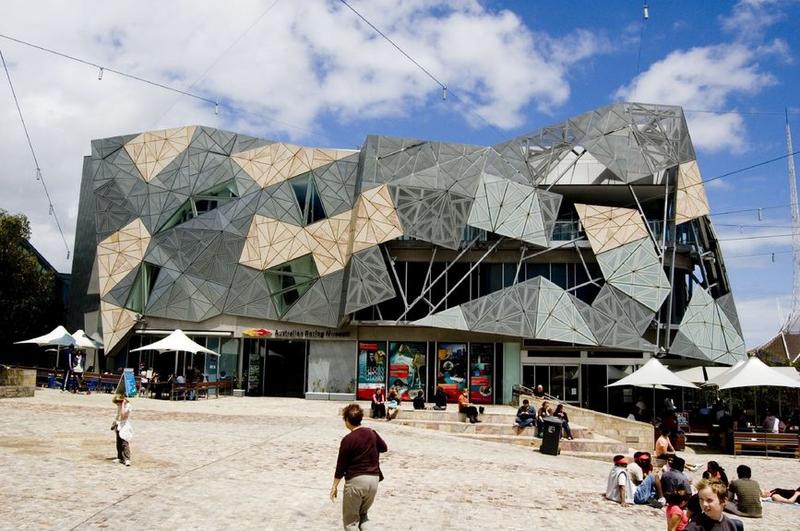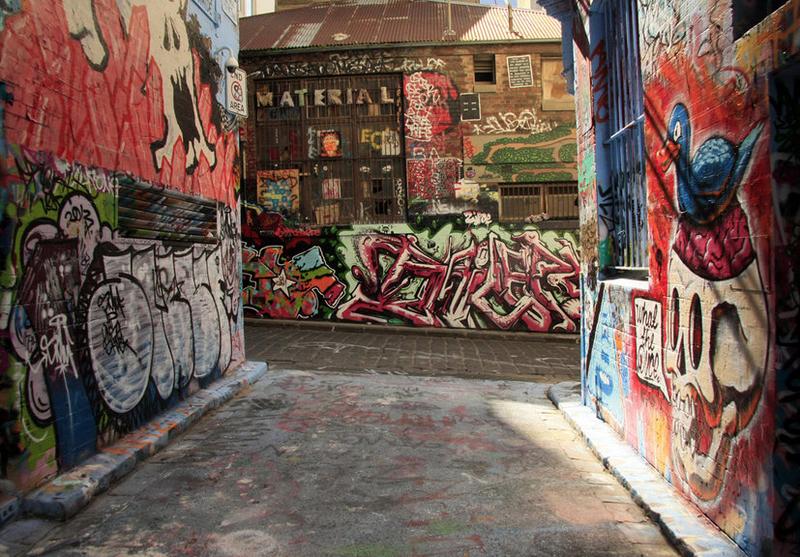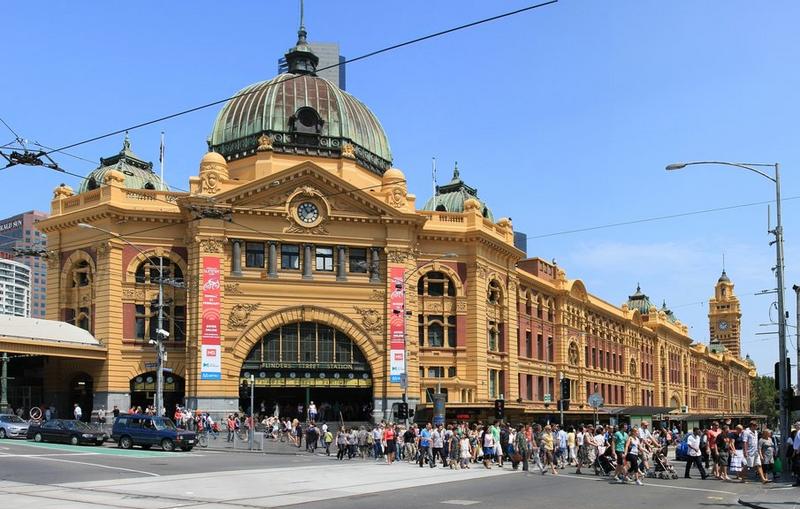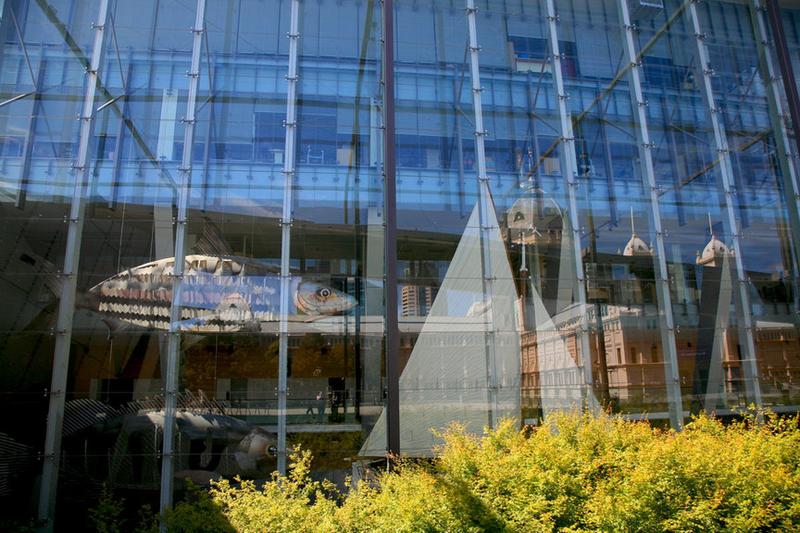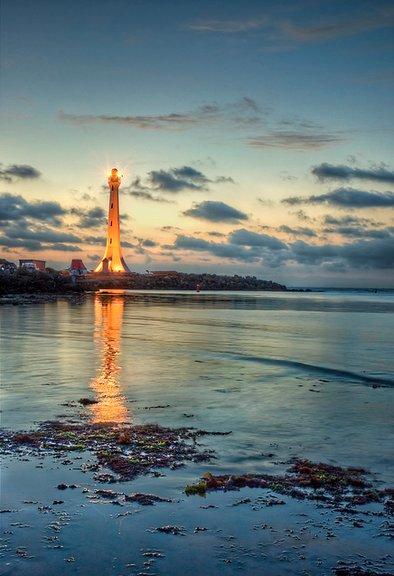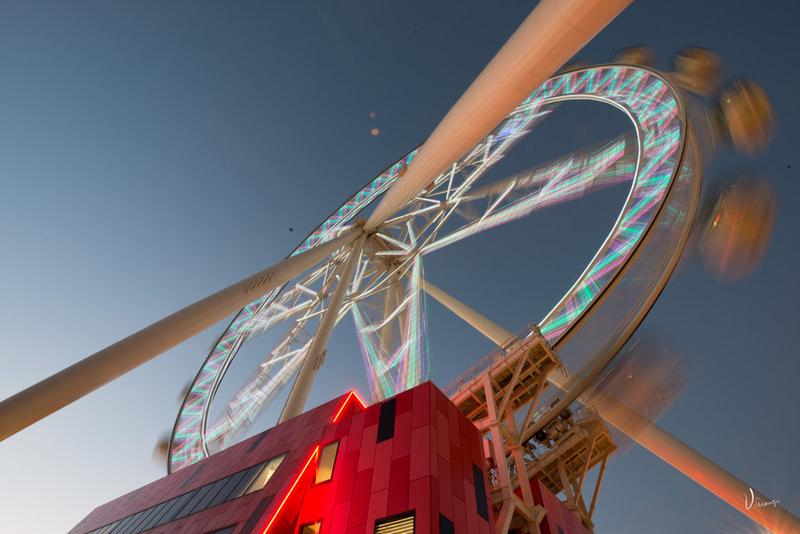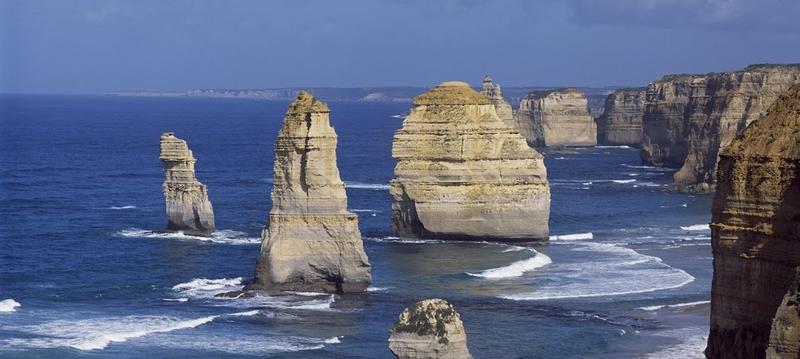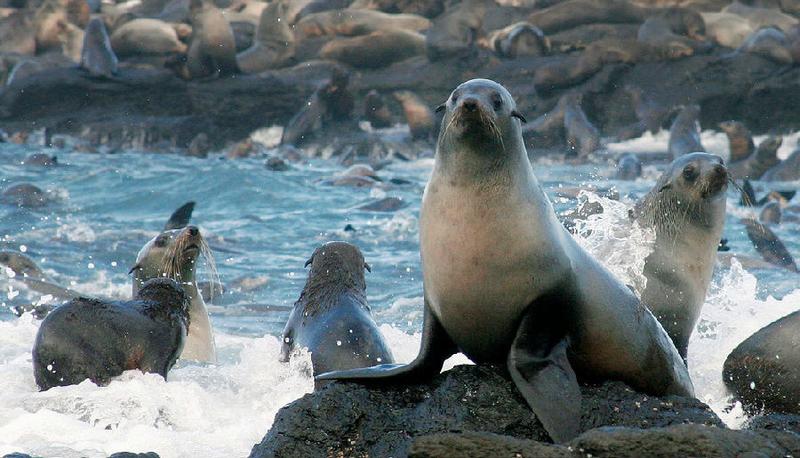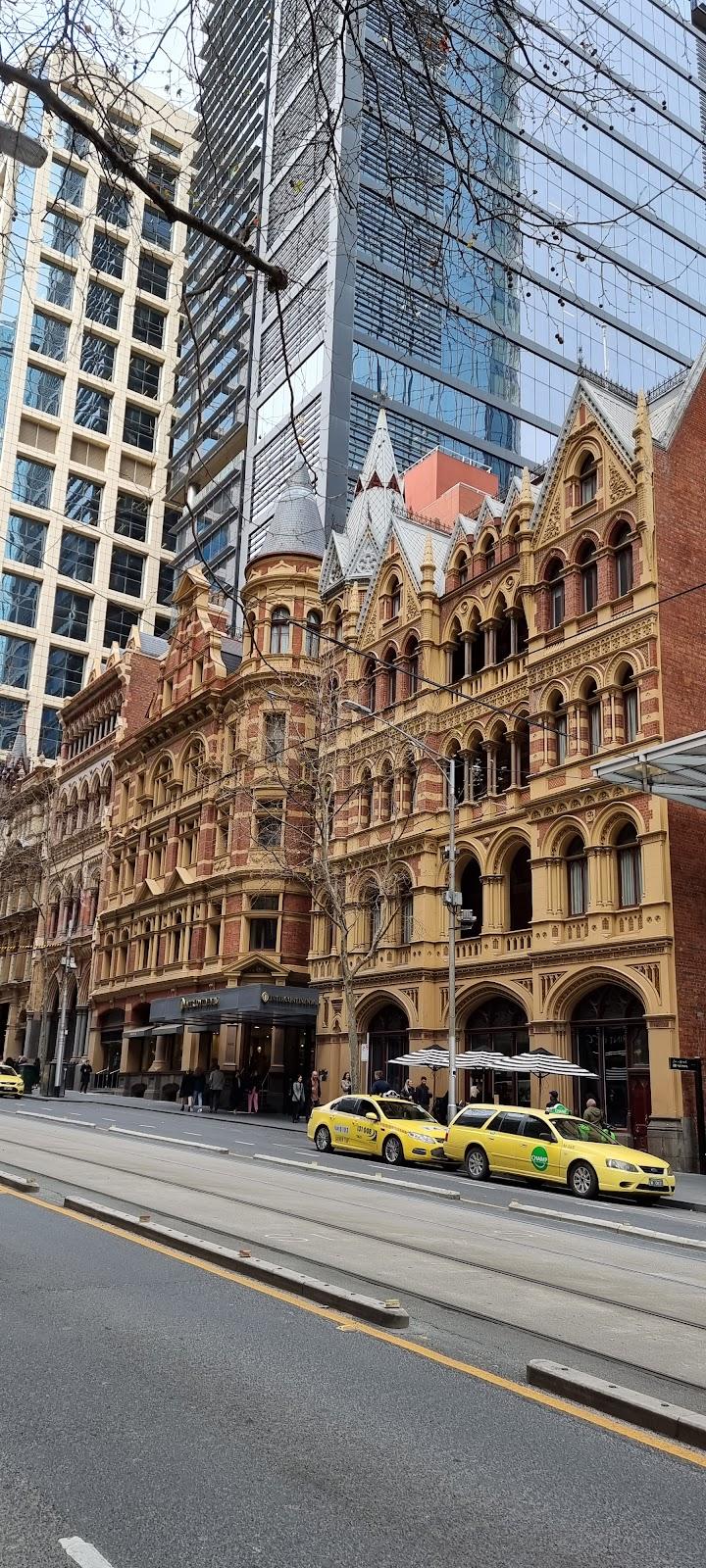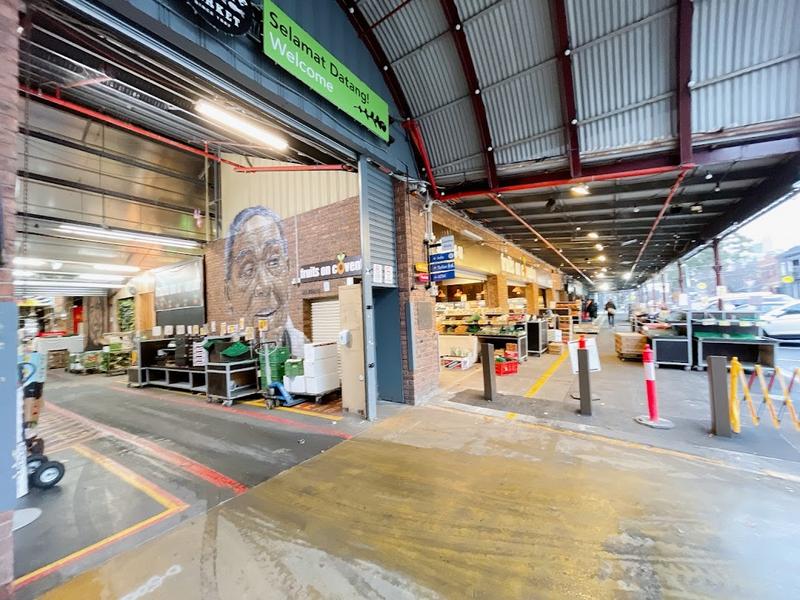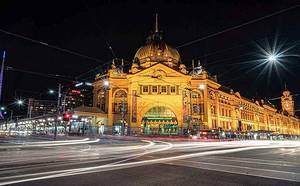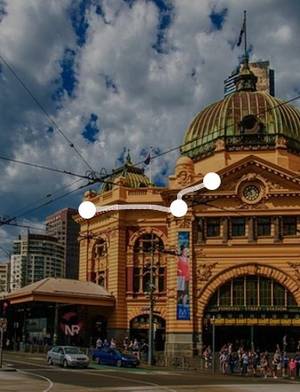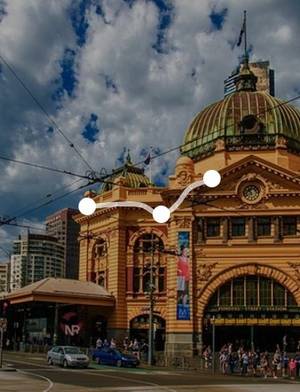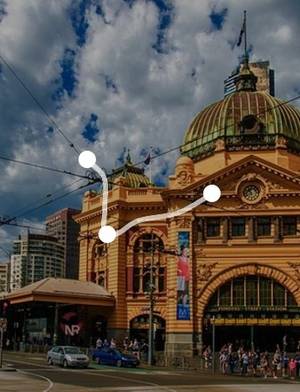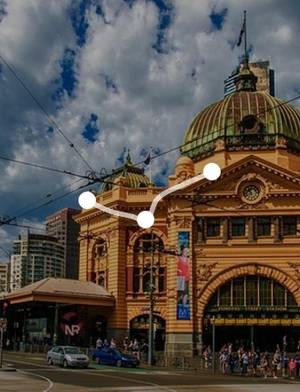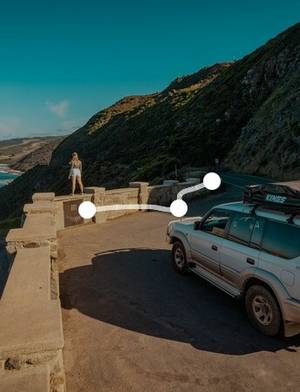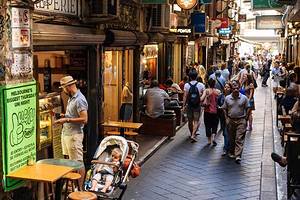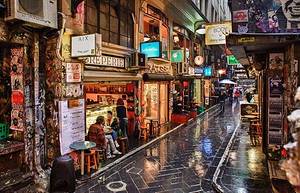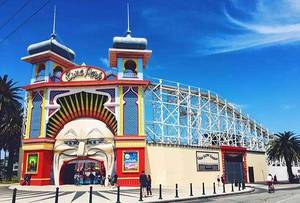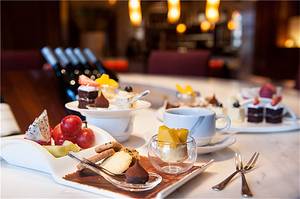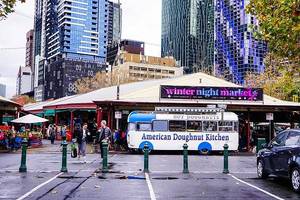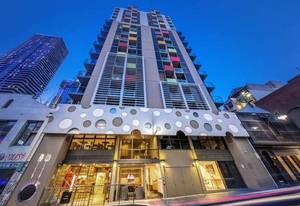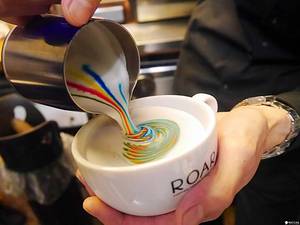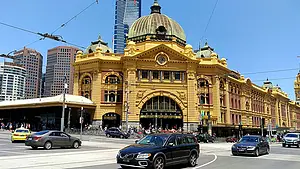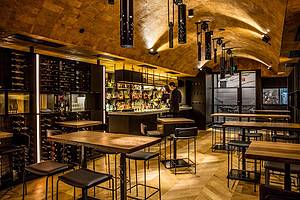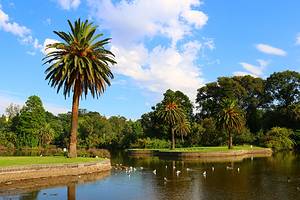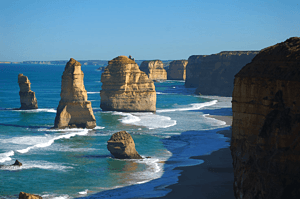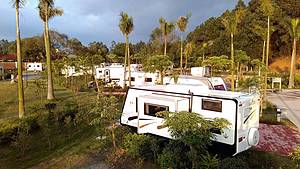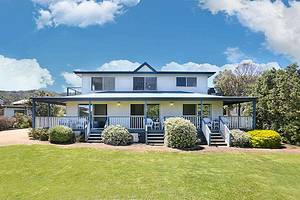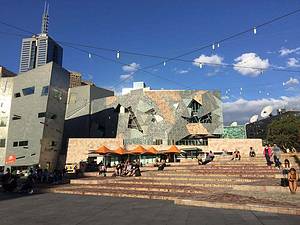5 Days in Melbourne: Explore the city's charm and the beauty of the Great Ocean Road
1 cities |
14 attraction(s) |
total distance 183
km
 TIPS
TIPS
Day1
Day2
Day3
Day4
Day5
Day1: Melbourne
4 attraction(s) ·
2 km
1
Visiting the Victoria State Library, built in 1854, can provide a unique experience. In the La Trobe Reading Room, you can look up at the famous giant arch, feeling the influence of culture. In the Arts Reading Room, you can find a corner to quietly appreciate music. At the same time, sitting on the lawn in front of the library with locals, enjoying the sunshine, watching people come and go, is also a good way to relax. However, be careful not to let the seagulls staring at your snacks startle you.
1
km
2
Fed Square is located in the center of Melbourne, Australia. It covers an area of 3.2 hectares and is adjacent to the Yarra River. The unique architectural style exudes the charm of Australian Aboriginal culture. The square is a holy place for people to gather, and the tourist center is a focus. Various celebratory events are held here every year, including New Year's countdowns and live sports broadcasts. The history of the square can be traced back to the 1960s. After a large-scale reconstruction, it was put into use in 2002 as a mixed-use multi-functional place with 16 cafes, bars and restaurants, various shops, and tourist service centers. There are many attractions around the square, such as the Ian Potter Center, the Australian Centre for the Moving Image, the National Gallery of Victoria Children's Play area, and the Australian Commercial Art galleries Association, etc. Tourists can spend unforgettable time here. The Melbourne Visitor Center provides thoughtful services for tourists to understand tourism information in Melbourne and Victoria. Fed Square is a vibrant and culturally rich place that is worth visiting.
1
km
3
The English name for graffiti art, "graffiti," comes from Greek slang and represents the grassroots and original nature of this art form. Early graffiti primarily appeared in public places such as walls, subways, etc., with cultural connotations such as youth, rebellion, and non-mainstream, reflecting the voice of African Americans. It has certain associations with the pop art that emerged in the 1960s, but there are also significant differences: Pop artists generally have received professional painting training, while graffiti artists are mostly from poor backgrounds. It wasn't until 1973 that graffiti art first received official exhibition and artistic recognition. Victoria, Australia's Melbourne has strict anti-graffiti laws, which means that young graffiti artists like to create in alleyways. Adrian Doyle is the founder of graffiti art in the area and a successful artist. Hosier Lane is a iconic street art alley in Melbourne's central business district with graffiti changing fastest. Spray painting and pasting are the main ways of graffiti, including paintings, artistic fonts, various posters, flyers, handicrafts, etc. To truly touch the territory of graffiti, you need to stand in the streets and alleys and appreciate it.
1
km
4
Flinders Street Station is one of Melbourne's largest and busiest train stations, as well as one of the buildings left behind from the Victorian era. As the first railway station in Melbourne, it serves as the central station for local railway lines. Its grand architectural style is very attractive and easily recognizable. Located in the city center, the station's unique location facing Federation Square and St. Paul's Church has become one of Melbourne's most important cultural centers. The entire station is built with yellow stone, and the bronze dome is one of its greatest features. When night falls, the station is illuminated by dim yellow lights and looks especially beautiful. As far as the eye can see, the magnificent buildings give people a peaceful and beautiful feeling. Melbourne residents often meet under the station's clock, which has become an important part of their lives. To experience the charm of Flinders Street Station, it is recommended to visit at night when you will surely be amazed by its unique classical beauty.
Day2: Melbourne
4 attraction(s) ·
15 km
1
The Melbourne Museum, located in the north of Melbourne's city center, is the largest museum in the southern hemisphere and one of Melbourne's must-see attractions. The museum has a large collection of exhibits, including 17 million items, showcasing Australian history, indigenous culture, and scientific development. It is adjacent to the Royal Exhibition Building and Carlton Gardens, and comes with the world's largest IMAX cinema.
The Melbourne Museum has three major functions. Firstly, the IMAX cinema, which is the world's largest cinema format, with a screen up to eight levels high, where audiences can enjoy documentaries and the latest films, all of which can be shown in 2D or 3D. Secondly, the Bunjilaka Indigenous Cultural Centre, which is a space for Aboriginal and non-Aboriginal people to learn about the culture of the Koorie people of Victoria (south-eastern indigenous peoples), showcasing arts, artefacts, stories, and performances. Finally, there are permanent exhibitions, including the Dynamic Earth, the Evolution of Victoria over 6 million years, the Sam Kookaburra, the Wonders of Wildlife, the Dinosaur Walk, Memory and Dreams, the Insectarium, Our Seas Our Future, the Miracle and Charm of the Human Body, Smart Home Water, Another Australian Computer, Secrets of the Forest, Children's Area (How Plants, Animals, Minerals, and Humans Grow), DNA Exploration and Mechanisms, and Pharmacy, as well as an outdoor "Colonial Square."
4
km
2
36-hectare botanic garden founded in 1846, planted with Australian species and non-native gardens.
5
km
3
St. Kilda Beach is located at the northeast corner of Port Phillip Bay, about 6 kilometers from the city center. It is one of the most popular beaches in Melbourne, with many palm trees and white sandy beaches. St. Kilda Beach is a great place for surfing, sailing, and beach volleyball, attracting many enthusiasts to gather here.
8
km
4
The Southern Star Observation Wheel has 21 viewing cabins with each cabin accommodating up to 20 people. The cabins feature intelligent air conditioning, providing a cool and comfortable ride even during hot summer days. The wheel offers unobstructed views of Melbourne, Docklands, and Port Phillip. Additionally, the wheel plans to introduce the "Observation Wheel Wedding" for couples to host their unforgettable weddings in luxurious cabins.
At the base of the wheel, there is a three-story function center called "Star Building," which has an underground passage providing direct access to the observation wheel. Facilities such as cafes, souvenir shops, and retail stores are available for visitors. The "Star Hall" can accommodate more than 300 people for a cocktail party and features two private meeting rooms. In the future, the "Star Building" is expected to become a popular destination for conference tourism, and guests of the "Star Hall" can enjoy VIP treatment without queuing or purchasing additional tickets, gaining direct access to the "Southern Star Observation Wheel."
Furthermore, a brand new large-scale European-style shopping and entertainment center is about to be completed in the Docklands area, connecting the "Southern Star Observation Wheel" and the Waterfront center, which will further attract tourists' attention.
Day3: Melbourne
2 attraction(s) ·
14 km
Day4: Melbourne
1 attraction(s) ·
0 km
1
The Nobbies, located in the southwest corner of Phillip Island, is a magnificent attraction with grand cape scenery. Wooden walkways and viewing platforms have been built along the coastal area for visitors to enjoy the beautiful bay views and fascinating creatures. Various seabirds and penguins inhabit this area, while "Seal Rocks" is a gathering place for seals. When observing the seals play, live, and breed, please maintain silence and avoid making loud noises.
Day5: Melbourne
3 attraction(s) ·
4 km
1
Vibrant 1800s street known for its upscale boutiques, elaborate Victorian buildings & hip bars.
2
km
2
This market, which began in the mid-19th century, has now become the largest open-air market in Australia and even in the southern hemisphere. Here you can find everything, whether it's seafood, fresh meat, vegetables, fruits, or clothing, shoes, souvenirs, etc. If you can make it in time, you can also take advantage of the discounts on fresh fruits, vegetables, and meat before the market closes, and get them at affordable prices. The food night market on Wednesday nights is not to be missed. The night market in 2014 is from July 9th to August 26th, and every Wednesday night from November 5th to March 25th the following year, from 17:00 to 22:00. The night market not only has delicious food, but also bars, clothing, art and other goods, and there are live band performances, which are definitely worth a visit.
3
km
3
Lively indoor market with stalls for produce, meat & seafood & cafes serving global fare.
